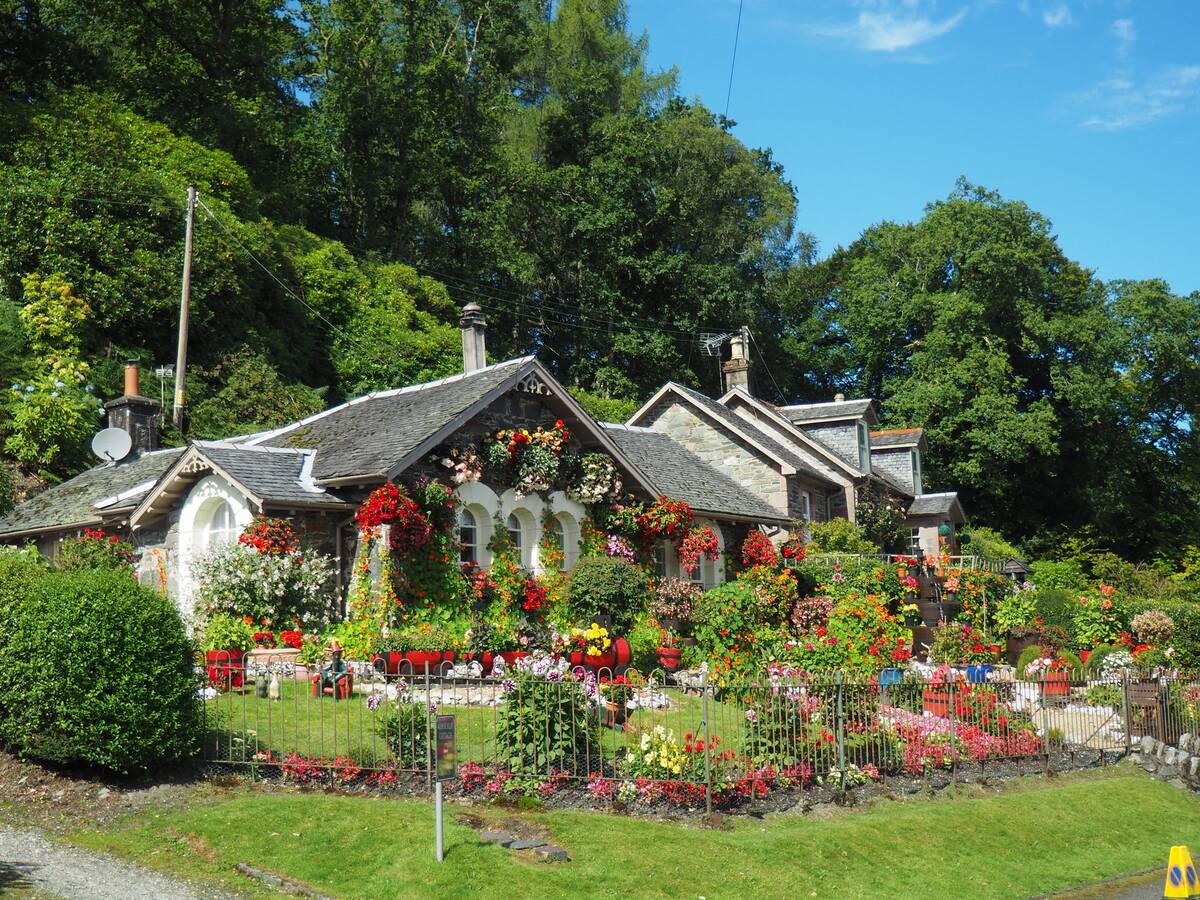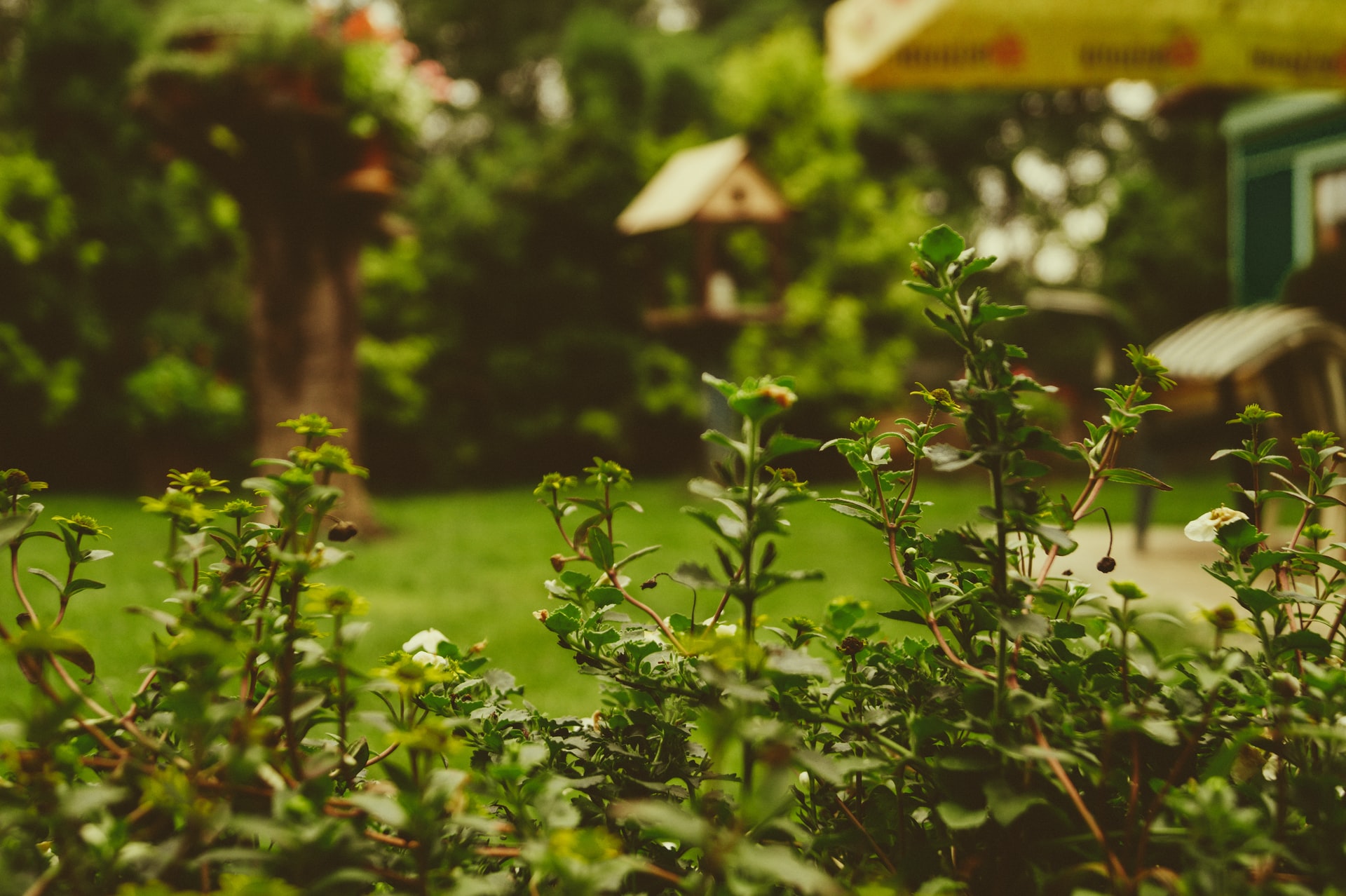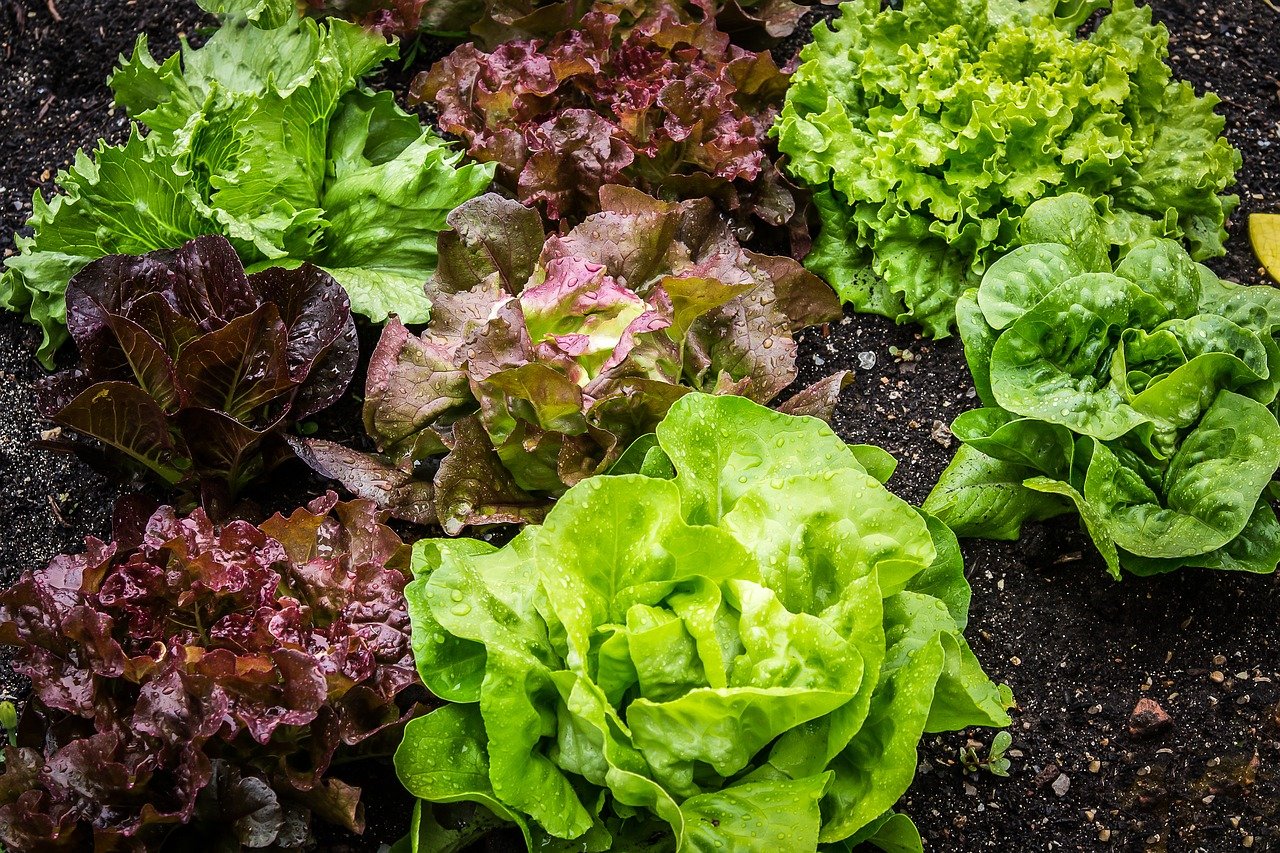Do you want to make more of a small garden? Are you longing to have something attractive to look at? Would you like to create a beautiful space where your children can play safely? If any or all of these longings apply to you, we are here to help.
In this short article, we are going to give you some great tips and ideas regarding how to landscape a small garden. It needn't be overly expensive, but it will involve some elbow grease, though not necessarily as much as you might think. Just sit back, relax, and read on.
Start with a Little Research
You’ve already arrived at the best place to start, by taking time out to read this article. But to give you a good idea of what is achievable, have a look at a few small garden landscape websites. A good one to begin with is the House and Garden website. Another useful one for ideas is the Better Homes and Gardens website.
First Things to Take into Consideration
Having looked through the suggested websites, your mind is probably racing away with possibilities, so let’s bring a little semblance of order into the situation. What things do you need to consider? Think about:
- Boundaries - Fences, hedges, and walls
- Lawned areas and borders
- Outbuildings and décor/lighting
- Outdoor furniture
- Paths, patios, and barbecue areas, or firepits
- Rockeries
- Types of plant categories - Border plants, potted plants, shrubs, and trees
- Water features
- Zoning - Breaking up the area intermingling a play space, shaded seating, etc.
There are so many angles to consider. It's hugely exciting, but don't let it overwhelm you.
Back to Basics
Whatever you hope to do in terms of landscaping is going to be determined by the size and shape of the plot. You also need to take the aspect into account and how it works with regard to the property it is attached to and its immediate surroundings.
Is it going to be a formal or informal garden? A more formal garden would be tidy, and its design would incorporate straight lines and defined hedges. Informal designs would be more relaxed, based on curves and a freer style of planting.
Garden Landscape Design Software
Having a final picture in your mind is essential, but don’t forget that as the seasons progress, the plants will change. There are some free garden design software packages available. Take a quick look at the Saga website, which reviews several different programs. You might find one of them a great help in your visualisation process.
Merging Your House and Your Garden
The Spruce website has some nice ideas on small garden landscaping, and one is merging the view of the house and the garden in fusion. The photo shows how the owners have made best use of the lovely architectural features of their property, and even though the garden is relatively new, with the careful choice and positioning of the plants, they have managed to make the area look established and richly abundant.
The Potted Plant Garden
If you have a really small garden space, an array of potted plants can look very impressive. Shot 1 of the slideshow on the Good Housekeeping.com website illustrates this type of garden perfectly. The clever use of decking and the raised section provided courtesy of a couple of wooden pallets gives the garden height, and the choice of garden furniture is perfect and sets the whole thing off very nicely.
The Illuminated Pathway Garden
Still on the Good Housekeeping website, if you move on to slide 19 of 20, you'll see a nice shot of an illuminated pathway garden. It's beautifully romantic and makes use of solar lights so as not to waste any electricity. For best effect, they do need to be placed reasonably close together, say every 3 to 6 feet.
The nice choice of paving stones, together with the light thrown onto the plants,makes for a delightful, relaxing scene.
The Practical yet Beautiful Small Garden
When your garden space is smaller, you need to make it work that much harder. Photo two on the Ideal Home website is a great example. The garden portrayed here has three distinct areas, each with its own individual purpose.
There is a patio for enjoying the morning sunshine, and a central seating area for socialising with friends and family. They've even incorporated a water-feature towards the end of the garden behind which a garden shed is positioned. It's busy, well defined, and beautiful.
The Living Wall
Another great use of limited space is the living wall, an example of which can be seen in photo seven still on the ideal home website. By utilising vertical wall space to hang a few pot plants carefully placed, you can add interest and colour to the smallest of gardens, all you need are some horizontal fence panels or the side of the shed, and you're in business.
It can turn the drabbest of areas into something quite lovely. This type of idea can also be used to brighten up the side of a balcony.
A great variation of this idea is the “A” frame shown in photo 18.
The Courtyard Corner
The last idea we highlight here in this article is the courtyard corner shown in photo 19. It’s an excellent way of making social use of limited space in city townhouses etc. As well as being practical, it also helps to distract attention away from what would otherwise be dreary walls.
Browse on but Don’t Forget About Irrigation
There are plenty of other ideas you can take by browsing through the websites we have mentioned. But spare a thought for how you will irrigate your small garden. Drip irrigation is perfect. It's efficient and it'senvironmentally friendly, and if you bear it in mind as you put your design together, it will be simple to install.



